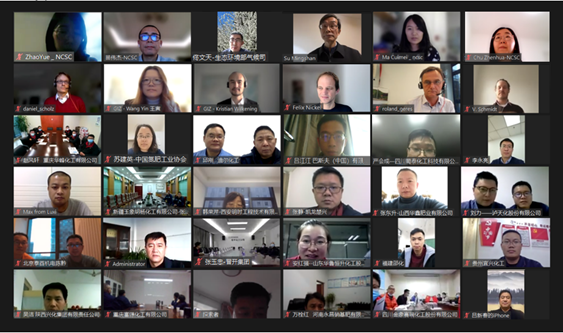06 November 2015 – The GIZ China project Capacity Building for the Establishment of Emissions Trading Schemes in China publishes a Chinese translation of the abridged report Carbon Control and Competitiveness Post 2020: The Cement Report. The report, originally published in English in February 2014 by Climate Strategies is an analysis of the effects the European Union Emissions Trading Scheme (EU ETS) had on the cement industry. As the cement industry is one of the key industries in China’s ETS pilots, as well as the upcoming national ETS this report is of great interest for Chinese stakeholders and provides valuable lessons learned from the European experience. The translation of the report comes in time to prepare for a workshop for cement industry members. The workshop is organized by the Sino-German project “Capacity Building for the establishment of emissions trading schemes (ETS) in China” and to be held at beginning of 2016.
The original report is the result of a collaboration of high level researchers from various European academic institutions and financed by ministries in Germany, Netherlands, France, UK as well as by Tata Steel and Heidelberg Cement. It assesses how production and emission volumes, energy and CO2 efficiency and competitiveness of companies in the cement industry have evolved prior and during the EU-ETS. Furthermore the report looks at how the EU ETS and other policy instruments may have influenced investment and operational choices at the company level and it evaluates current policy design and provides implications for future policy adjustments. An Introduction by Dr Tong Qing research associate at Tsinghua University was added to the now available abridged Chinese translation. The introduction provides the necessary context for the Chinese cement sector and links the European experience to the specific circumstances in China.
The research findings reveal a necessity for restoration of confidence in the EU ETS policies in order to boost management attention to reducing CO2 emissions. Furthermore, due to free allocation and low carbon prices the emissions reductions in the European cement sector are insufficient. In order to reach significant mitigation, further economic incentives are necessary. Experts also found that free benchmark-based allocation, despite its positive effect on carbon leakage, leads to distortion. Historic production levels must be maintained to obtain maximum free allocation, which has a negative effect on mitigation measures. Additionally the report states that in order to promote major mitigation options, cement prices have to reflect the costs of carbon. Due to free allocation and competition with other countries this is not yet the case. The report concludes that emissions trading is limited in its effect on the reduction of carbon emissions in the cement industry. However, a combination with other policy measures and readjustments with regard to current difficulties would help to develop its full potential to enhance low carbon development.
Download translation here
Download original report in English here



